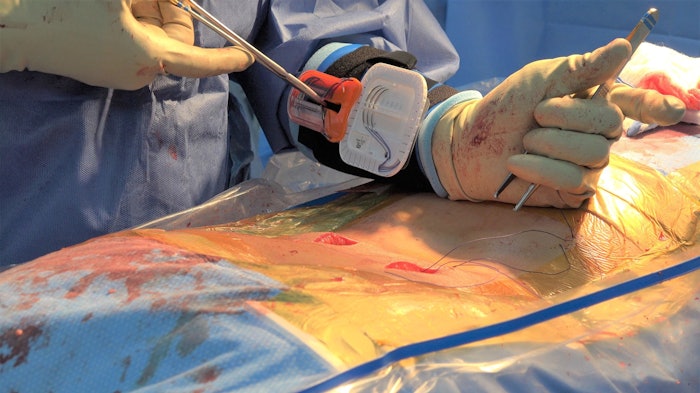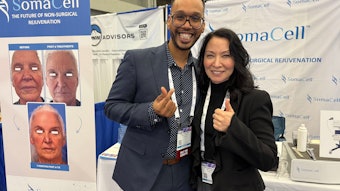
A prospective, case-controlled clinical study of an Engineered Sharps Injury Prevention (ESIP) device to prevent needle stick injuries in an operating room demonstrated that the use of Operative Armour, a wearable needle safety and workflow efficiency device, reduces surgical needle passes and handling during surgical closure. The study, "Efficacy of a Novel Intraoperative Engineered Sharps Injury Prevention Device: Pilot Usability and Efficacy Trial," by Jenny Hillary, MD, et al, was conducted at The Johns Hopkins University School of Medicine, and published in JMIR Perioperative Medicine.
The study included 100 patients, where 50 procedures were performed using Operative Armour and 50 control procedures without. The procedures performed were in plastic surgery and included abdominal surgery, breast reconstruction and mastopexy/breast reduction or revisions. During these procedures, Operative Armour resulted in as many as half the needle adjustments by hand.
"In this study at Johns Hopkins it was found that Operative Armour functions effectively as an engineered sharps injury prevention device by decreasing intraoperative needle passing and handling", said Douglas Rimer, president of Sharp Fluidics. "The authors stated, 'By minimizing sharps behaviors that drive needle stick injuries such as manipulation, handling and passing of intraoperative sharps, Operative Armour demonstrates superiority over current practice in the potential to significantly decrease sharp injuries. We anticipate an associated decrease in needle stick injuries with use of the device.'"











